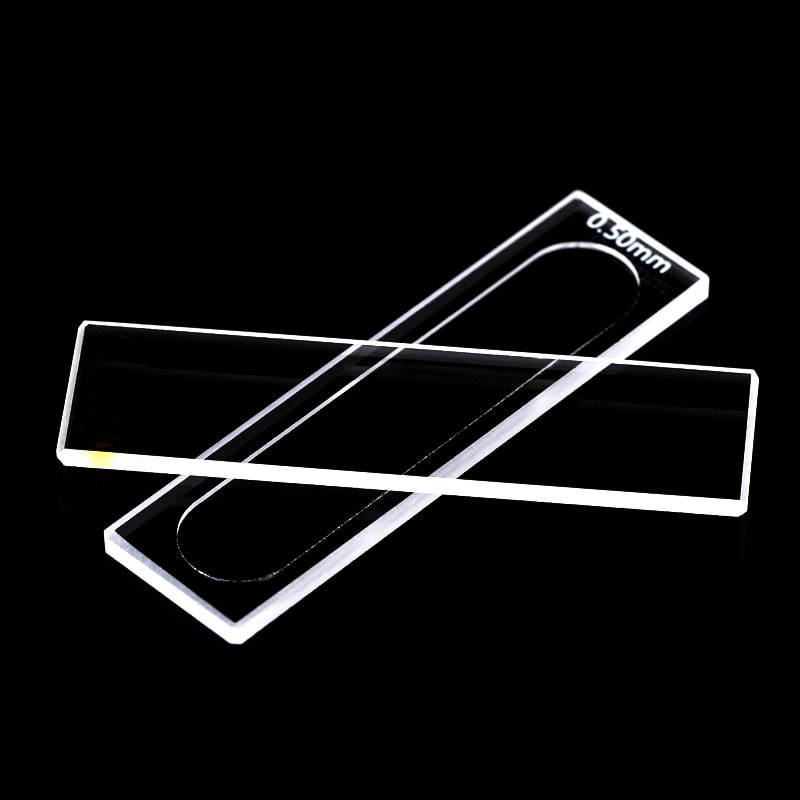The spectrophotometry method is a foundation of scientific discovery. It unravels the mysteries of light absorption and transmission over specific wavelengths. The core of the process is the cuvette, which is a small but vital vessel that houses samples for analysis. It may appear simple however their intricate layout that spans from the length of cuvette paths to the selection of materials and the choice of material, are what provide accurate information on the concentration of a substance and its purity. This fascinating field will be explored, where cuvette dimensions and size influence the results of each study.

Image credit: cuvet.co
The Power of Cuvette Path Length
Imagine an light beam moving through a liquid sample. The result is dependent on the length of the cuvette, or the distance at which the light travels. A majority of laboratories use standard cuvettes with 1 cm of path. This is the best solution to balance sensitivity and practicality. What is the significance of this? The longer the length of the light path more of light taken in. So, the signal will be amplified with diluted samples. In the case of concentrated solutions, such as protein or nucleic acids, a shorter pathway length could alter the way you play. This technique reduces the quantity of dilution necessary, saving precious samples and reduces the time needed to prepare. What’s the most important lesson to take away from this? The art of matching the path length with sample requirements is not as obvious, but it improves reliability.
Cuvette Dimensions and Size It’s more than you think
Cuvette size isn’t just about how much liquid fits inside it’s about how the vessel interacts with the spectrophotometer. Each cuvette is designed to meet an exact task and comes in a variety of shapes and sizes. Semi-micro cuvettes for instance due to their smaller size and higher wall thicknesses, are designed to handle tiny volumes of sample. Think of a few nanoliters, or perhaps a rare biological extraction. Thicker walls shrink the internal space, allowing light to pass through a condensed sample, without wasting a drop. This is a huge advancement over a traditional cuvette: it requires smaller steps to pipette, is less susceptible to errors and delivers results that are solid. It’s a clever tweak that shows that size isn’t just a number but rather a method of doing business.
The 1 cm length of the path Cuvette is one of the lab’s most popular
Why is a cuvette with 1 centimeter length very popular in so many research studies? It is ideal for biochemical measurements where samples are not plentiful and milliliters are a lot. This standard design gives regular absorbance readings, without overloading the detector. This makes it perfect for anything from DNA quality checks to enzyme tests. It’s not the hero that fits all. If you substitute it for a cuvette having an entirely different geometry or length, such as one for studies on emission The results could be extremely distorted. Precision hinges on picking the right tool and not just the one you are most familiar with. A wrongly-matched cuvette is similar to a tuned instrument that’s close, but not quite the right way.
Material Matters: Beyond Path and Size
Cuvette dimensions only tell a portion of the story. Material selection makes a difference. High transmission rates of quartz and glass cuvettes let light flow through without interference. They’re durable and reusable, making them ideal for spectroscopy. On the other hand plastic cuvettes are affordable and ease of use. There’s no need for clean-up or cross-contamination. Simply take the cuvettes, then dispose of them. These are perfect for testing in aqueous fluids or speedy DNA/RNA tests. What’s the trade-off? The trade-off? The purists would prefer quartz while pragmatics might prefer plastic.
Precision in Practice
The appeal of cuvettes lies in their flexibility. Shorter lengths of path options with spacers handle concentrated samples with finesse, while larger vessels are able to handle greater quantities. The clarity of results is influenced by the path length as well as the size and substance employed. The lab is measuring the rare protein. A semi-microcuvette that has a narrow pathway will be able to avoid the dilution issues and produce precise results in a short time. Compare this to a negligent switching of cuvettes in the middle of an experiment and you’ll notice that the numbers drop. The smallest of details can have the most impact on the field of spectrophotometry.
Cuvettes might be small, but their importance is huge. From the 1 cm path length cuvette to custom dimensions they can bridge the gap between samples and understanding. A good cuvette can turn a good measurement, whether you’re looking for concentration or purity or both, into an excellent measurement.